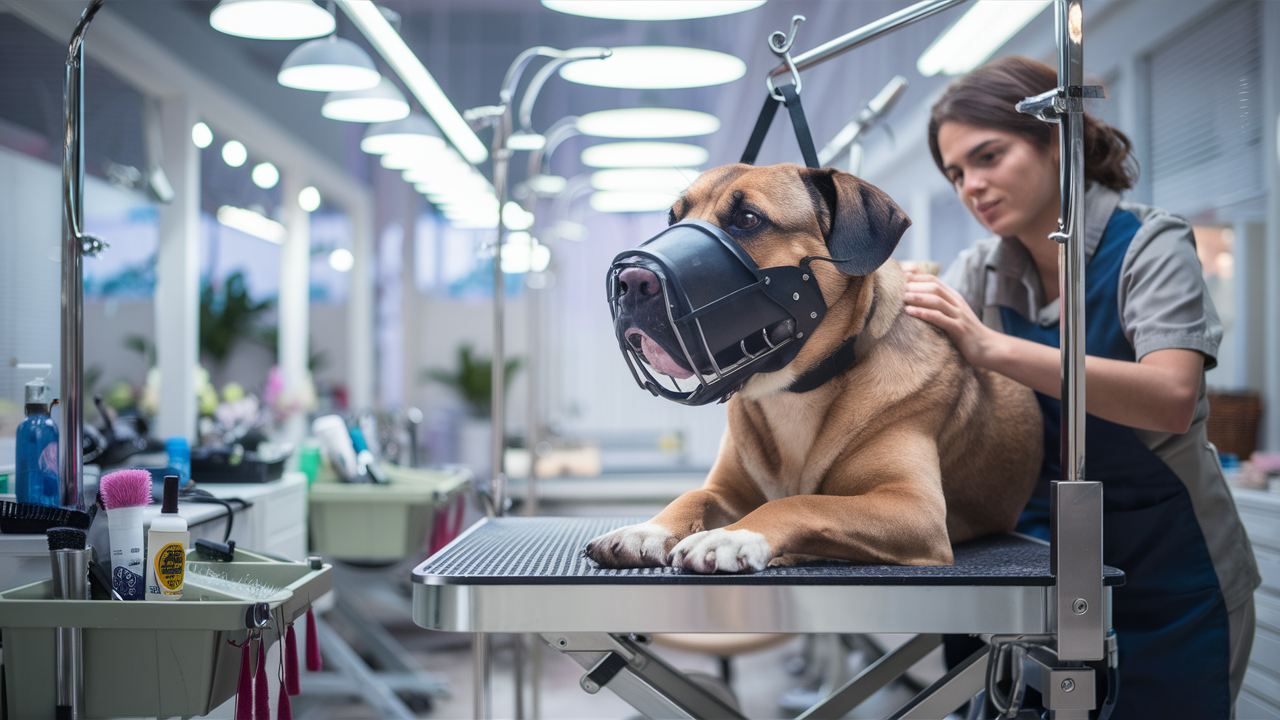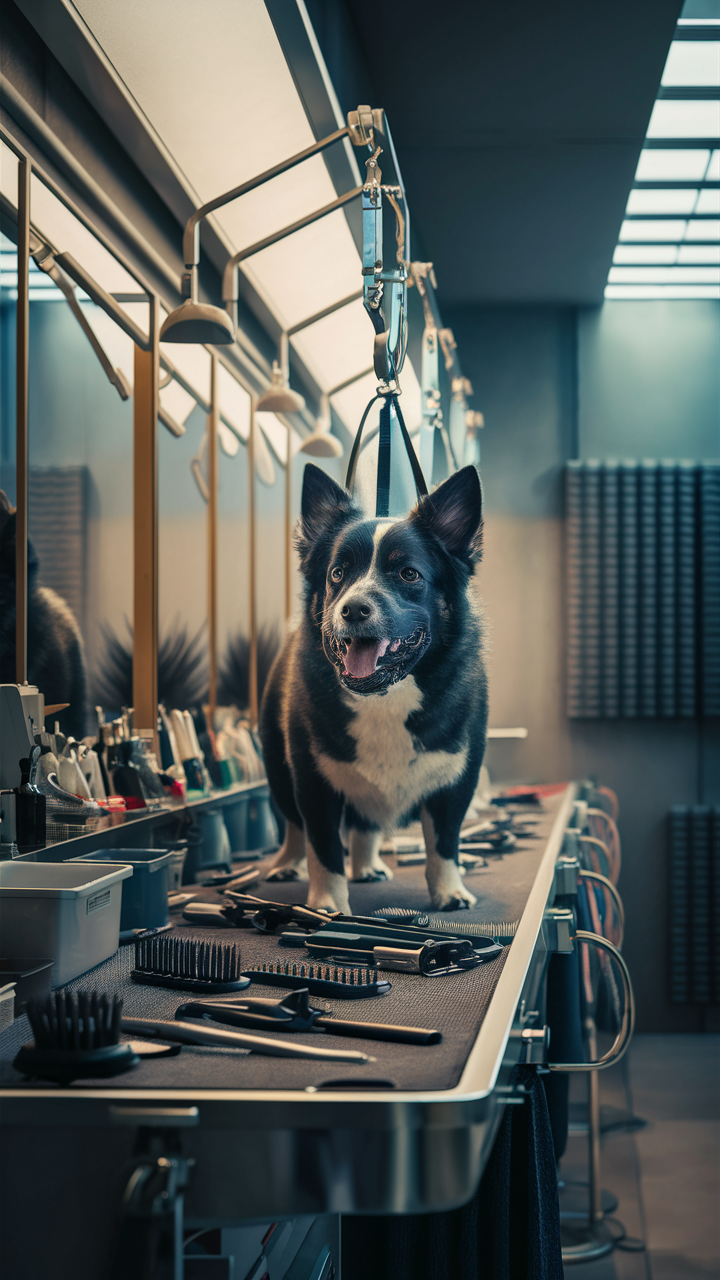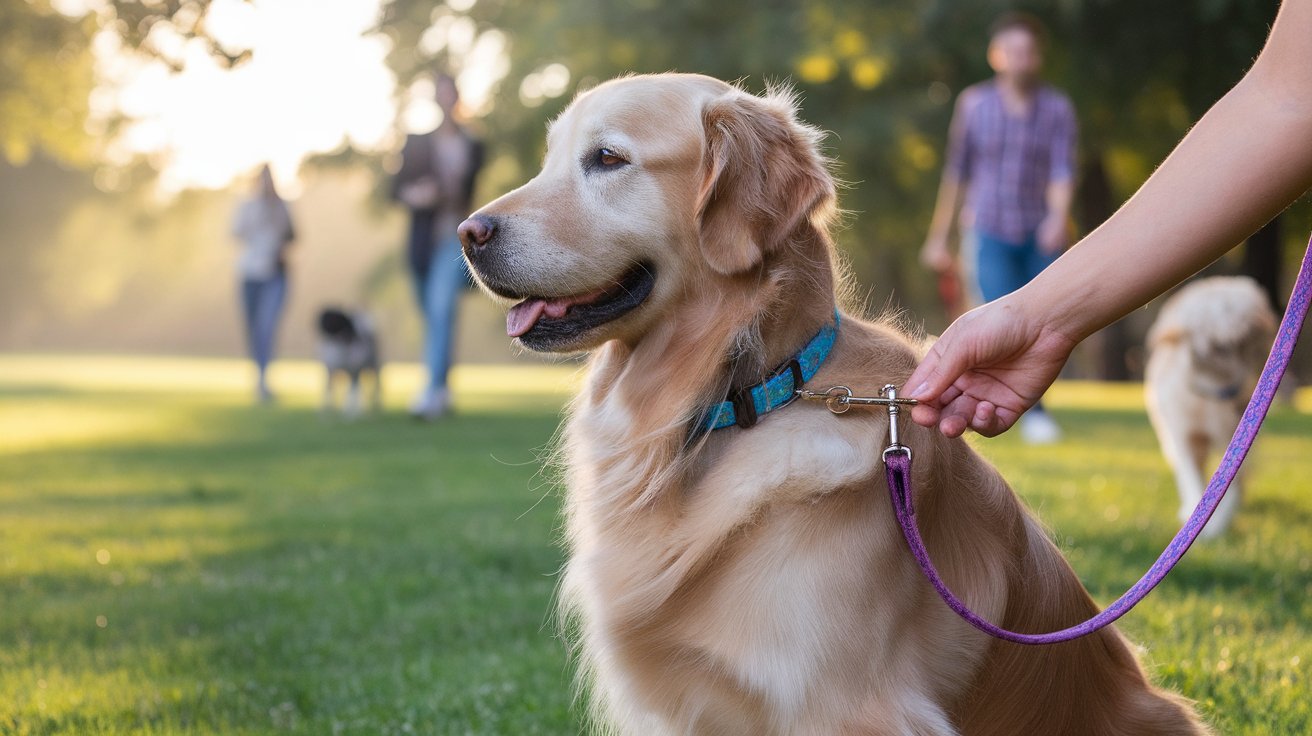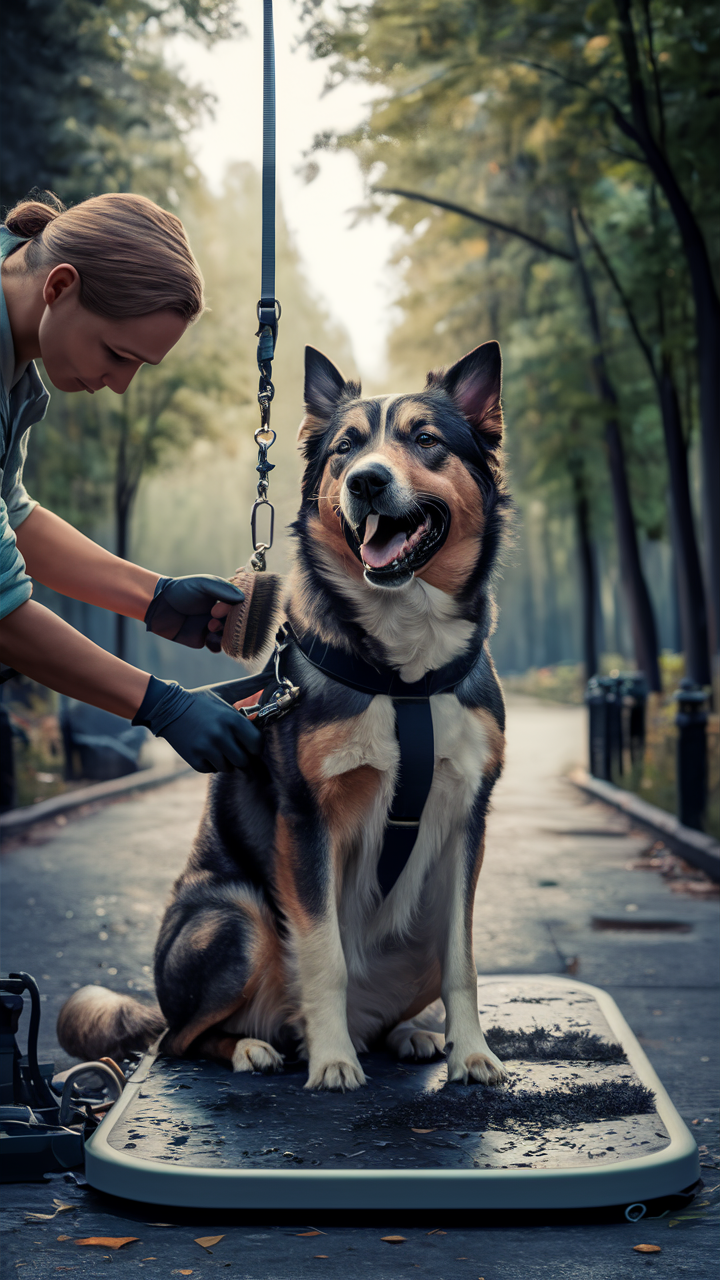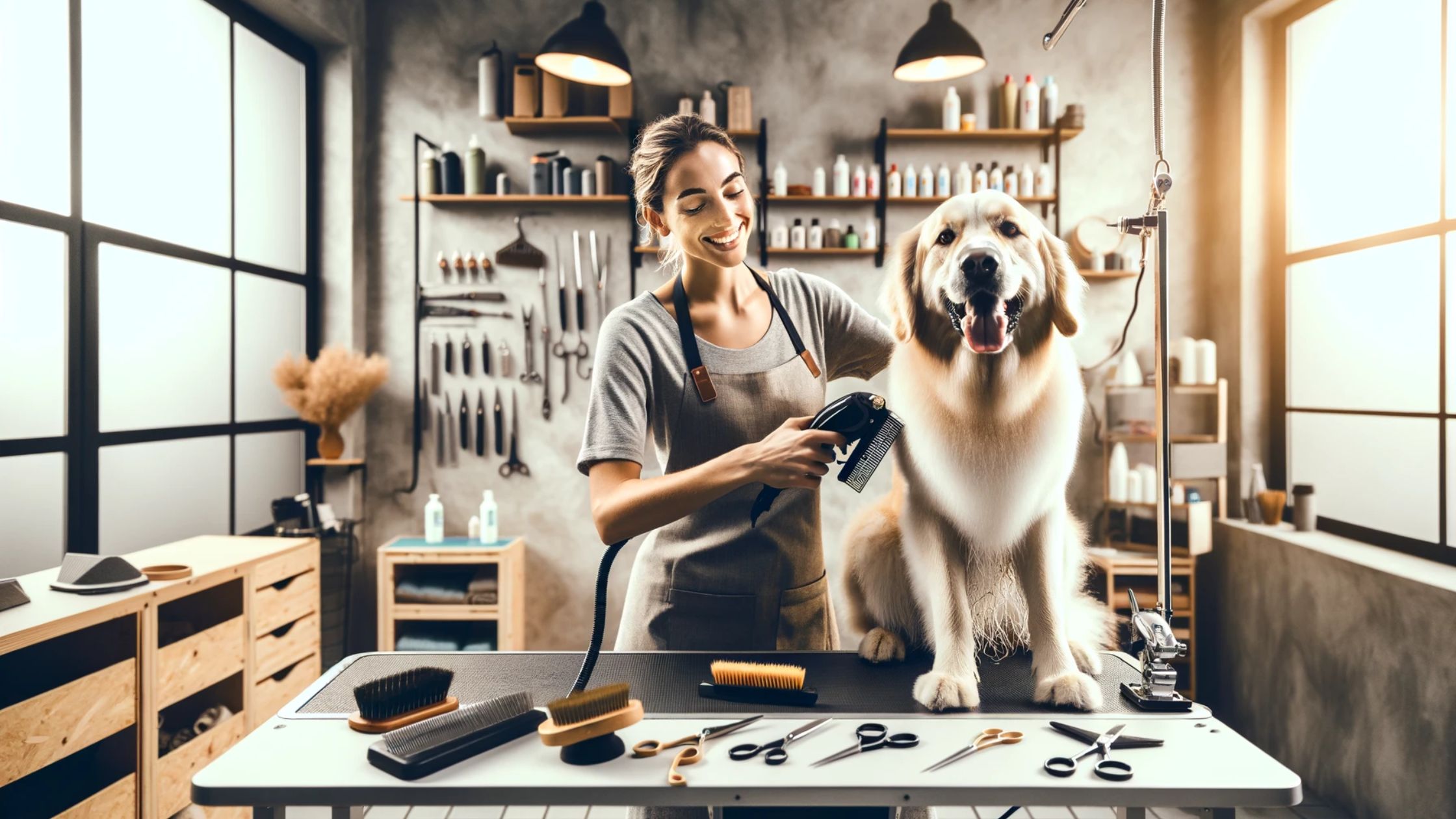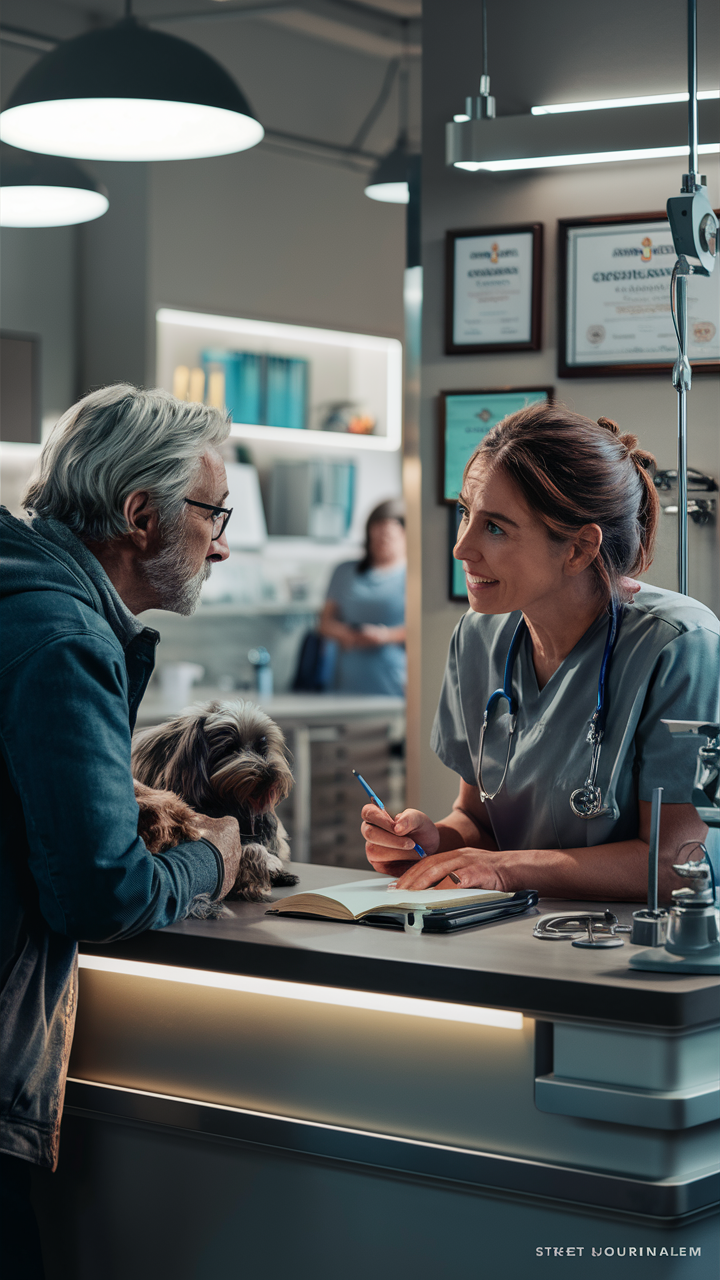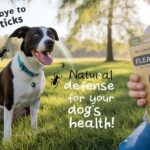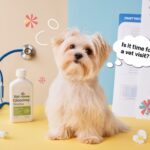Introduction
Pet grooming for aggressive dogs is a vital topic for pet owners who deal with challenging behavior during bath and grooming sessions. Understanding why some dogs exhibit signs of aggression, such as growling or even attempting to bite the groomer, is crucial for safety and effective handling. Recognizing these signs early on can prevent injuries and make grooming sessions less stressful for both the dog and the groomer.
In order to manage these difficult situations, it is essential to have the right grooming tools and techniques tailored for grooming aggressive dogs. Consulting with vets can offer insights into why your pet might need to be groomed with extra precautions, such as a muzzle to prevent dog bites. Furthermore, preparing a grooming space that minimizes stress can make a significant difference. Groomer safe practices ensure that both the pet and the professional handling the grooming session when the dog may bite are protected, creating a safer environment for regular grooming.
Key Takeaways
- Understanding triggers such as fear and discomfort is essential for managing aggressive behavior during grooming sessions.
- Recognizing signs of aggression early can prevent injuries and make grooming safer for both the dog and the groomer.
- Having the right grooming tools and creating a calm environment are crucial for safely grooming an aggressive dog.
- Positive reinforcement techniques can help reduce aggressive behaviors and associate grooming with positive experiences.
- Consulting professionals, whether groomers or veterinarians, is key when typical grooming approaches fail due to the dog’s aggression.
- Regular grooming helps dogs become accustomed to the process, reducing their anxiety and aggression over time.
Understanding Aggressive Behavior in Dog Grooming
Recognizing why some dogs exhibit aggressive behavior during grooming is crucial for pet owners and groomers. Factors like fear, discomfort, or previous bad experiences can trigger aggression. Consulting a vet can offer deep insights and advice provided in this post emphasizes the importance of understanding these triggers to manage them effectively during grooming sessions. This guidance is intended for informational purposes and should not replace professional advice.
Why Dogs Become Aggressive During Grooming
Dogs may show aggression during grooming sessions as a response to fear, pain, or discomfort. Consulting with vets can unveil why some dogs react this way, offering insights that are crucial for dog grooming. Understanding these reasons is the first step in modifying grooming approaches to ensure a stress-free experience for both the puppy and the groomer.
Identifying Signs of Aggression
Being able to identify signs of aggression such as growling, snapping, or biting is vital in preventing possible injuries during grooming sessions. Early recognition of these signs allows for the necessary precautions to be taken to ensure a safe environment for grooming. For groomers handling an aggressive pup, understanding and recognizing these behaviors are essential for maintaining safety.
Preparing for Grooming: Essential Equipment
Having the right grooming equipment is essential when managing an aggressive dog. A muzzle might be necessary to prevent bites, as professional groomers recommend being well-prepared with all needed tools for a smooth and safe grooming session. Regular grooming is crucial as it helps reduce stress over time and groomers recommend this practice, especially for those dealing with a fearful dog. Engaging in an at-home grooming session allows for addressing specific needs, making it less stress any pet might face.
Essential Equipment for Grooming Aggressive Dogs
-
Muzzles: Vital for preventing bites, muzzles ensure the safety of both groomers and pets during grooming sessions, especially for dogs prone to snapping or biting.
-
Specialized Grooming Tools: High-quality clippers, brushes, and combs designed for sensitive pets help reduce discomfort and stress, making the grooming experience more tolerable for aggressive dogs.
-
Restraints and Harnesses: Secure restraints and adjustable harnesses provide control and stability, preventing sudden movements that could lead to injuries or further stress.
-
Calming Aids: Products like calming collars, anxiety wraps, or organic and all-natural medications can be used to soothe aggressive dogs before and during grooming sessions.
-
Professional Grooming Tables: Equipped with secure loops and rubber mats, these tables help maintain a safe environment by keeping the dog in place during grooming.
Choosing the Right Tools
Investing in high-quality grooming equipment, such as clippers, brushes, and muzzles, can make the grooming process safer for both you and your dog. Using appropriate tools can significantly help make grooming less stressful and more efficient.
Creating a Safe Environment
Ensuring a calm and quiet environment can greatly impact the success of grooming an aggressive dog. This starts with a comfortable and non-threatening setting. Many dogs feel more secure when the area is free from distractions, helping to minimize aggressive behaviors during grooming sessions.
Steps to Groom an Aggressive Dog
Effective techniques are vital when grooming an aggressive dog. Using positive reinforcement can help train your dog to tolerate grooming, ensuring that bathing and grooming sessions are conducted with patience and calmness. If an animal shows heightened aggression, consult your vet or seek professional help. Positive reinforcement plays a significant role in training, particularly in helping manage these types of dogs that might attempt to bite anyone or become extremely defensive. For those who find it a challenge to groom such pets, understanding the behaviors that can lead to attacks is crucial.
Positive Reinforcement Techniques
Rewarding good behavior with treats and praise during grooming can help condition your dog to associate grooming with positive experiences. This method can gradually reduce aggressive behaviors over time and make grooming a less stressful process.
Step-by-Step Grooming Process
Start by gently introducing your dog to the grooming equipment. Gradually build up to handling more sensitive areas. If your dog becomes aggressive, take a break and try to calm them down before resuming the grooming session. This approach can help make the process smoother and safer.
When to Seek Professional Help When Grooming Aggressive Dogs
If your dog continues to display aggressive behavior despite your efforts, consulting professional groomers or visiting an animal hospital may be necessary. These professionals are skilled in handling situations where an animal is especially aggressive and can offer specialized techniques. If your dog’s aggression is linked to health issues, they can provide organic and all-natural medications, and in certain circumstances where an animal may need more intensive care, they are prepared to address these needs effectively.
Choosing a Professional Groomer
Ensure the groomer has experience with aggressive dogs. This expertise is crucial for the safety of both the dog and the groomer. Discuss your dog’s specific needs and any previous aggressive behaviors before the grooming session begins.
Veterinary Assistance
A vet can offer valuable advice on managing your dog’s aggressive behavior. They may recommend training sessions or behavior therapy. In some cases, medication may be prescribed to help manage your dog’s stress levels during grooming.
“When dealing with an aggressive dog, the first thing is to ensure the safety of both the groomer and the dog. In situations where the aggression is related to fear or pain, seeking help from a professional groomer within a veterinary environment can provide the additional care and expertise needed to manage the grooming session safely. We often recommend mild sedatives under veterinary supervision for the most extreme cases to ensure a smooth experience.” – White House Animal Hospital
Maintaining a Regular Grooming Schedule
Consistency is key to making grooming sessions more manageable. Regular grooming, by helping your dog get accustomed to the process, reduces anxiety and aggression over time, ensuring they remain healthy and ready for future sessions. By taking the time to bathe and groom regularly and applying tips to help make grooming less stressful, you not only manage their immediate reactions but also make it easier to train them for the long term.
The Benefits of Regular Grooming
Routine grooming helps keep a dog’s coat, skin, and overall health in check. It also allows for regular checks for any issues such as lumps, infections, or parasites. Establishing a regular grooming schedule can have long-term health benefits for your pet.
Creating a Grooming Routine
Start with short, frequent grooming sessions to help your dog adjust. Gradually increase the duration as your dog becomes more comfortable. Consistency and patience are integral to developing a grooming routine that your aggressive dog can tolerate and even enjoy.
[lasso rel=”amazon-13″ id=”5296″]
Conclusion
In conclusion, pet grooming for aggressive dogs requires a deep understanding of the behaviors and triggers that lead to such aggression. Implementing strategies like using appropriate grooming tools, creating a calm and cooperative environment, and incorporating positive reinforcement are all pivotal in transforming a potentially stressful grooming session into a manageable task. Regularly consulting with professionals, whether they are vets or experienced groomers, can provide valuable advice and techniques to ensure the safety and well-being of both the dog and the handler.
Establishing a consistent grooming routine is crucial. This helps the dog gradually become more comfortable with the process, which can significantly reduce anxiety and aggressive tendencies over time. For pet owners and families, this commitment to routine care not only maintains the pet’s health but also fosters a safer and more enjoyable grooming experience.

